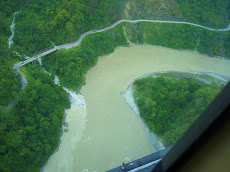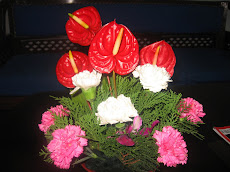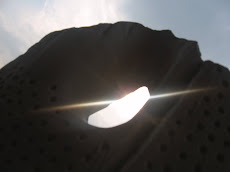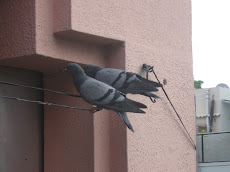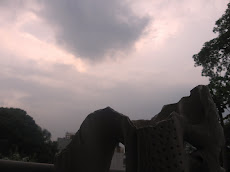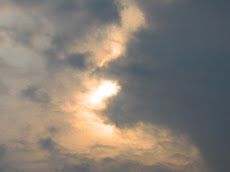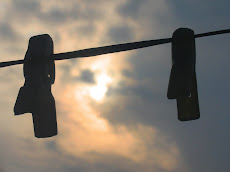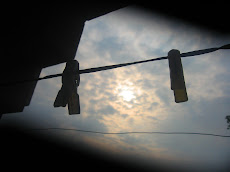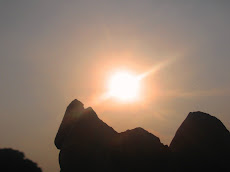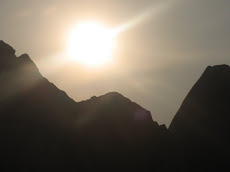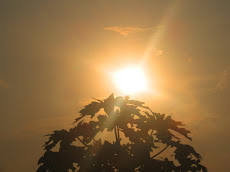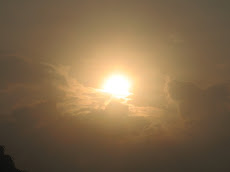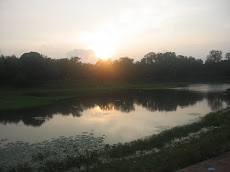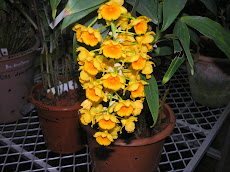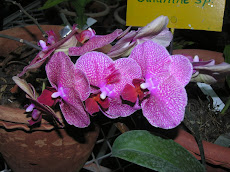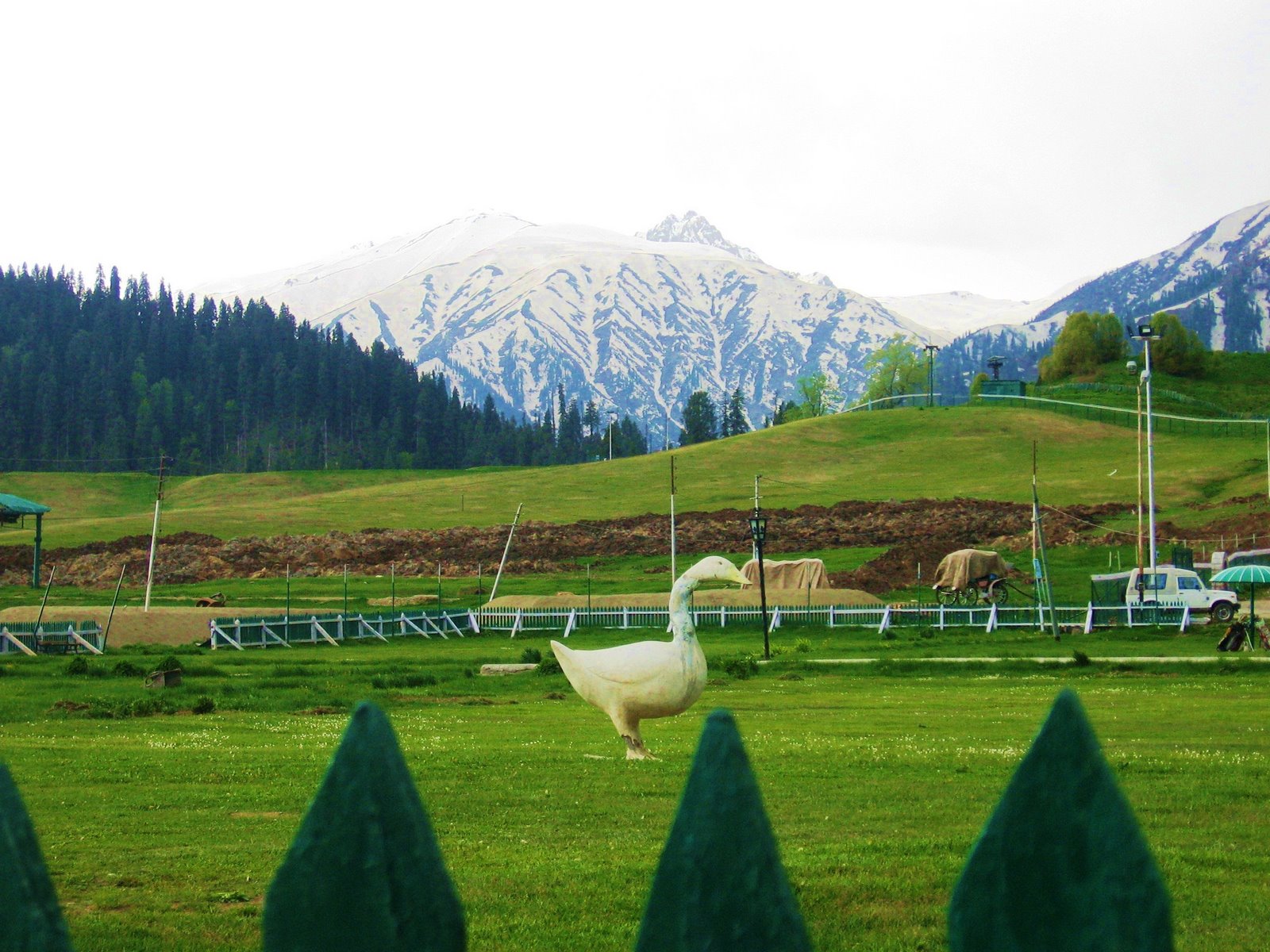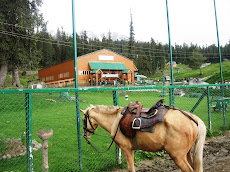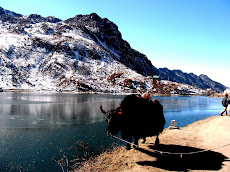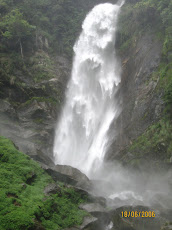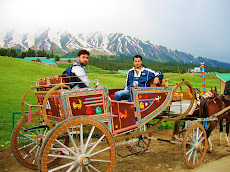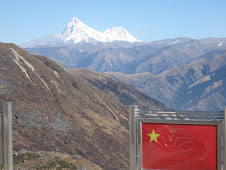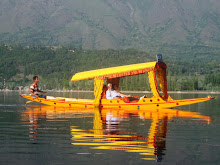They call it Diwali or Deepawali or
Festival of lights. Names may be different but this ancient festival is
celebrated with tremendous joy, almost in every nook and corner of our multi
religious and multi-racial country. One exception now being-rising awareness
about harm to the environment due to burning of crackers.
While nationally, a debate is always on about a ban and some
states have gone ahead and accomplished as well, the charm or the kick, one
used to get as a kid or tiny tot, is not witnessed or missing altogether if it
is all quiet on this day.
If it is the biggest festival of Delhi and some parts of North
India, it is also synonymous with unwanted show of wealth and power, mostly
leading to accidents, severe burns as also killings, sometimes. Nevertheless, in
the same Delhi, awareness generated at the level of children for more than a
decade or so has made a sizeable difference in the scenario. There is
tremendous reduction in pollution levels on the one hand and number of
accidents on the other. Whatever we do or initiate, there should be an element
of sustenance in that. And some people have required courage and will as well.
There are many sides or facets of Diwali which are never reported,
so children receiving modern computer and NET aided education, while being away
from their Grand Parents are deprived of these and many other mythological
truths. During one's formative years, there would be an element of eagerness as
also enthusiasm when a festival would approach and a sort of depressive feeling
would invariably take over at the end, not because one would be deprived of fun
and frolic but one would be made to study hard, yet again. Some good Samaritan
would, nevertheless, always surmise-'the next festival is a few weeks or months
away, so cheer up'.
The Gharounda
experience is something that was intrinsically associated with one's psyche as
a child. There would be discussions and discussions, followed by trials of clay
models of little houses as also talk about who would excel, who would leave the
field, who would lag behind and who would actually accomplish the task on his
own or with the help of some Didi or Bhaiya on the eve of Diwali. Thereafter, white washing of the “House” would
take place, followed by putting the grain and sweets in little earthen containers inside or in the
makeshift “compound”. Sometimes, there would be competition as well but the
keenness and enthusiasm built over ten days ahead of D day will simply get
side-lined once Diyas and Crackers
would emerge, beginning with Chhoti
Diwali, coinciding with Dhanteras and
ultimately ending with the Basi Diwali.
While one would take part in the evening Pooja to give green signal to lighting of Diyas and candles, late night Pooja
would not be normally attended by all the children. Fatigue of running around
with crackers and sometimes getting minor burns too, would be prominent by this
time. It would, however, happen year after year that a long sound or noise of
burning of huge crackers would emerge at a time when most of us would be
asleep. Nevertheless, it had the indomitable power to divert attention. We
would ask each other where from do they get so much money to waste and disturb sleep of others. As little children, we had no idea
that these wealthy persons apart from show off, were also doing a lot of harm
to the environment, something discovered very recently.
In Sikkim, the festival of light goes on for five days. Each day
is dedicated to worship of a particular entity or living being. The first
day, it is Kag Tihar, when crows are
fed with home prepared delicacies. The second day, known as Kukoor Tihar, is dedicated to dogs. The
third day, it is Gai Tihar, when cows
are honoured. The fourth day, it is Goru
Tihar, when oxen are worshipped and fed. The fifth day is for Bhai Tika, when sisters religiously put
a coloured rice mixed “Tika” on the
forehead of brothers.
As darkness sets in on the Diwali day, diyas and candles lit up all the dark corners. By the time one decides to have frugal dinner
( in view of loss of appetite due to intake of too many sweets ), a soothing
chorus is heard in a setting, otherwise quiet at this time. One gathers that a
group of young girls in their traditional attire are singing Bhailo in front of each house in the
locality. By the time they “knock” at
your doorstep, you understand their innocence, devotion and efforts put in to
sustain a tradition started long ago. After two or three numbers even if you
feel that this singing spree is going to stop, it does not. The pleasing to ears show goes on for nearly
15 to 20 minutes and they leave for another house only when a thali having rice, flowers, a lit diya and some cash
is placed before them. Apart from
politely accepting the gift of cash, they do not mind having a sweet or any
eatable prepared specially for the day.
Talking of Bhailo, the
society appears to have a discriminating attitude. While the girls are supposed to celebrate the
spirits this way only for one night, in respect of boys or men, it is “Deusi” singing recital, permitted for
full two days up to Bhai Tika day or
even more. But women seem to be
accepting it without any fuss.
 Apart from witnessing tremendous reduction in number of groups
performing Bhailo or Deusi now, what actually
surprises is a few combined group of young boys and girls singing together with
a back up of Guitar for the common cause in the evening, following the Diwali
Day. Whether it is a reflection of reconsideration or compromise, only time
will tell. Message of equality of sexes,
nevertheless is becoming loud and clear.
Apart from witnessing tremendous reduction in number of groups
performing Bhailo or Deusi now, what actually
surprises is a few combined group of young boys and girls singing together with
a back up of Guitar for the common cause in the evening, following the Diwali
Day. Whether it is a reflection of reconsideration or compromise, only time
will tell. Message of equality of sexes,
nevertheless is becoming loud and clear. 

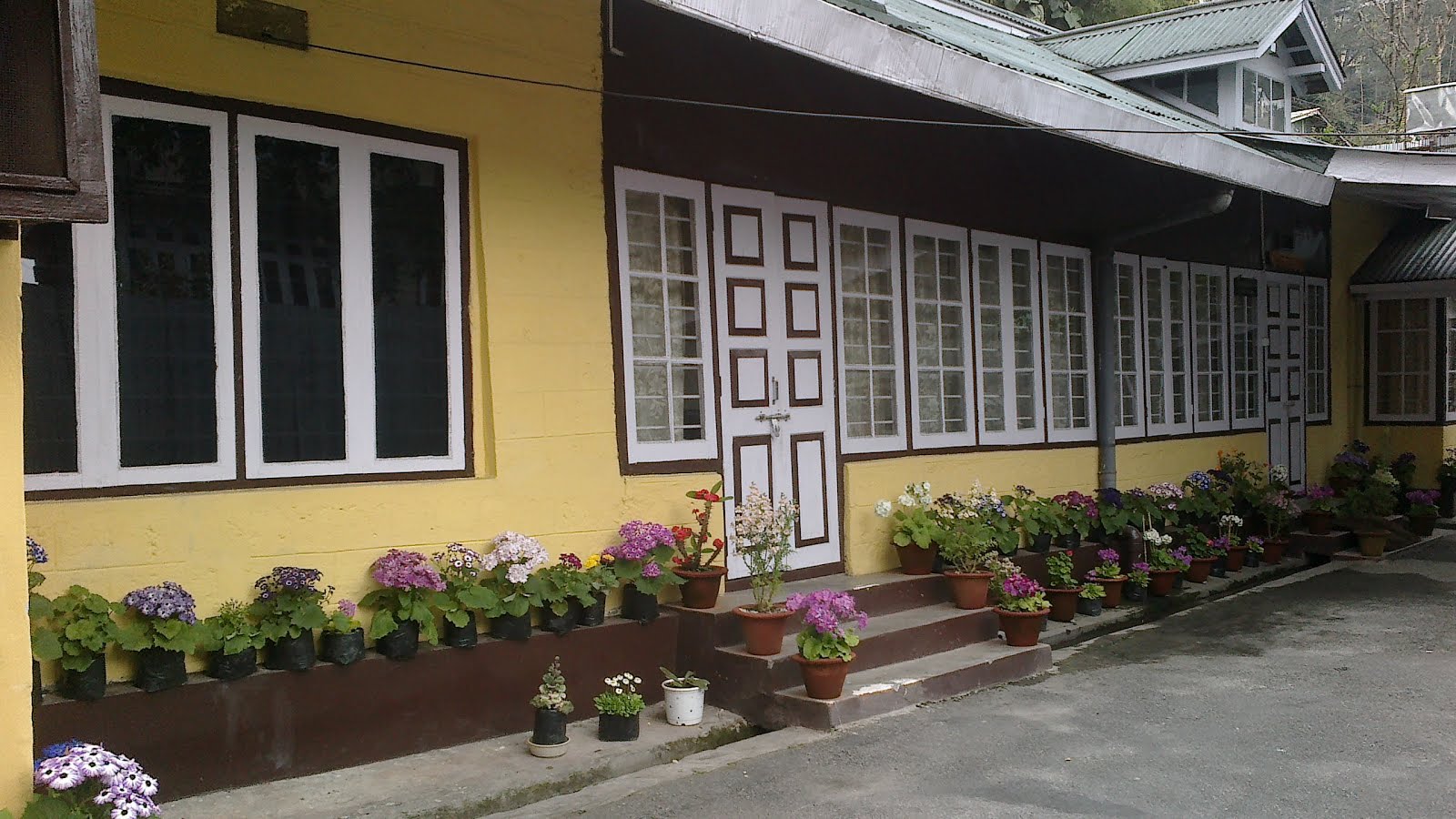







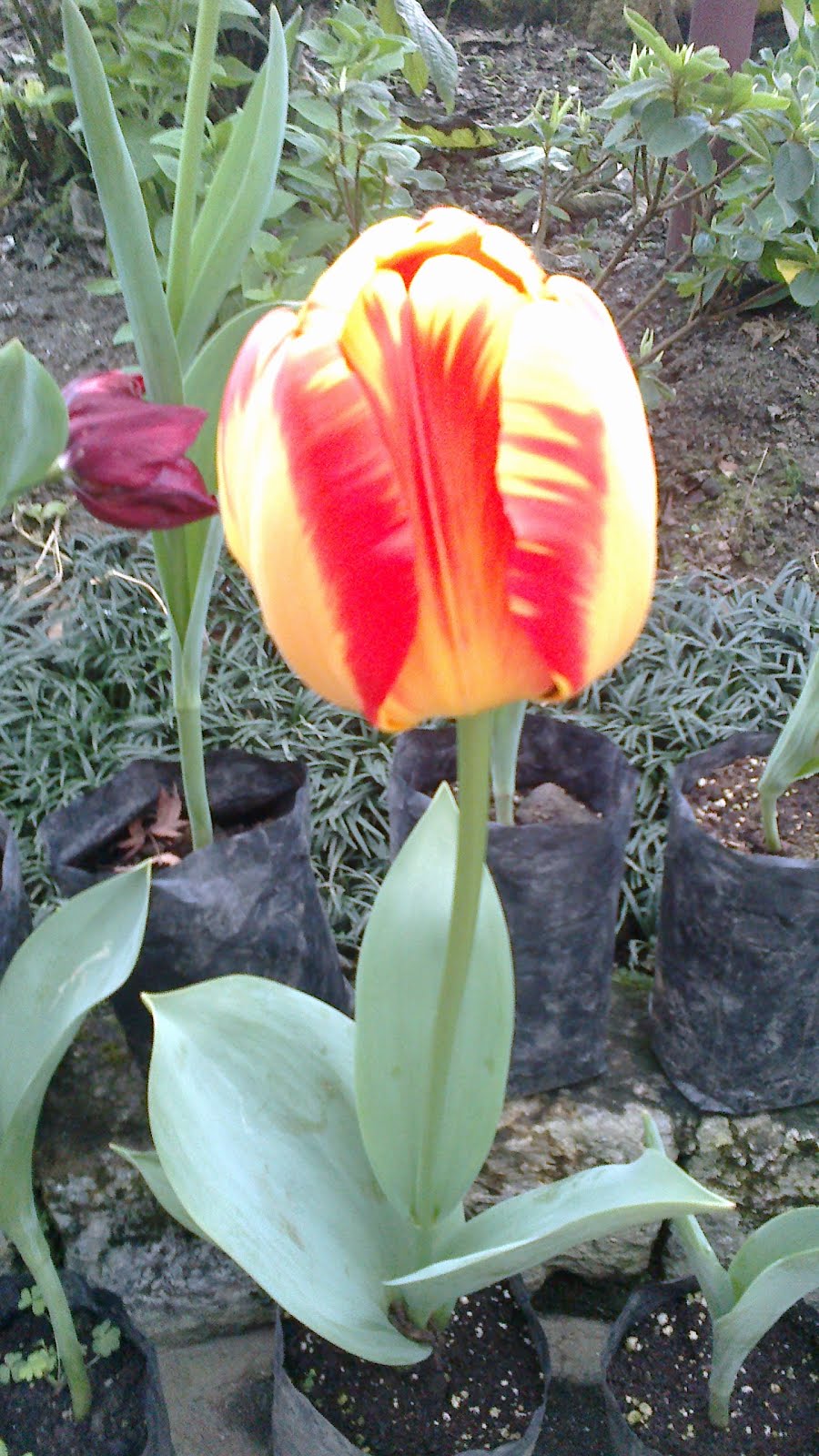
















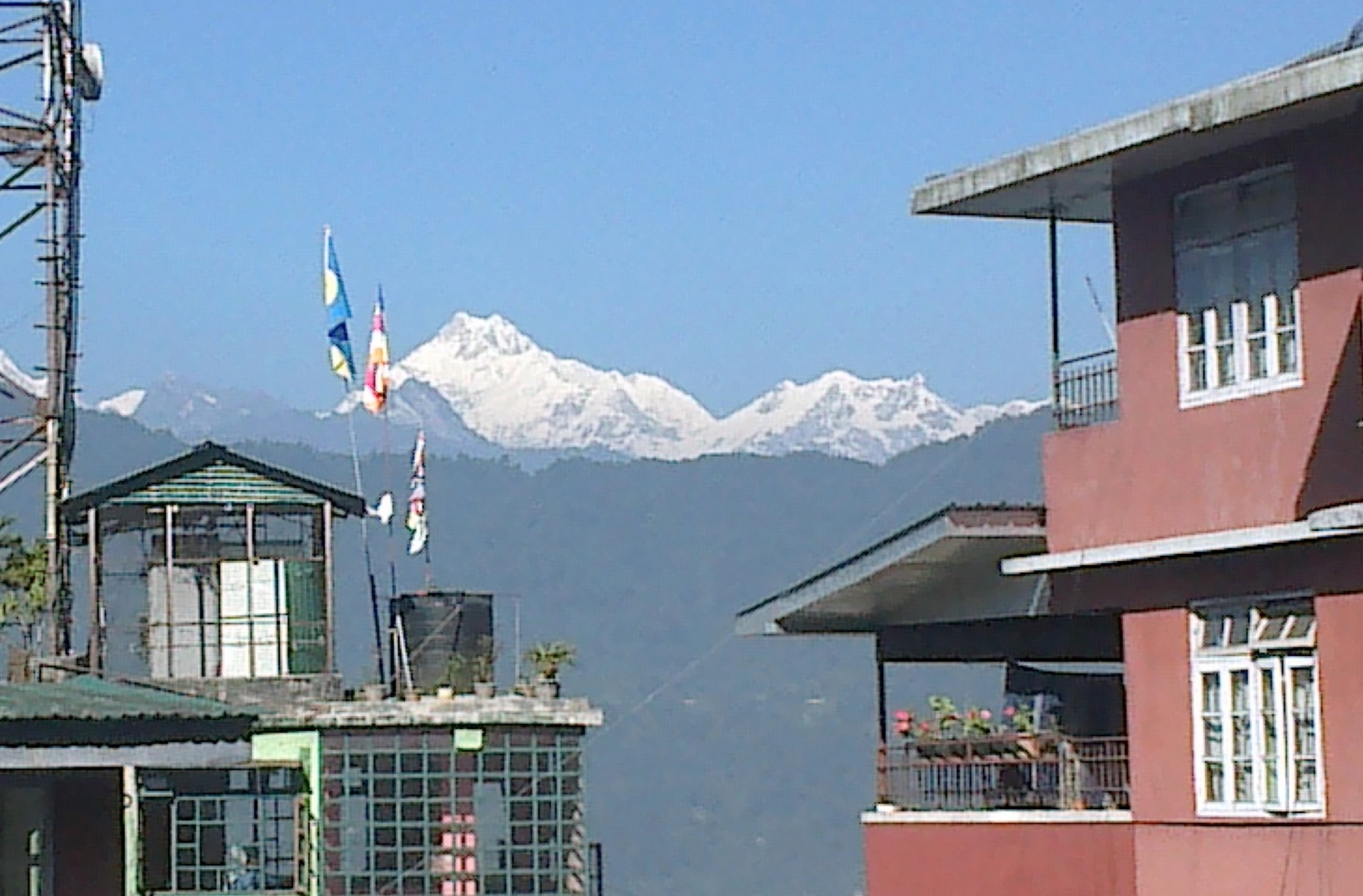

















































































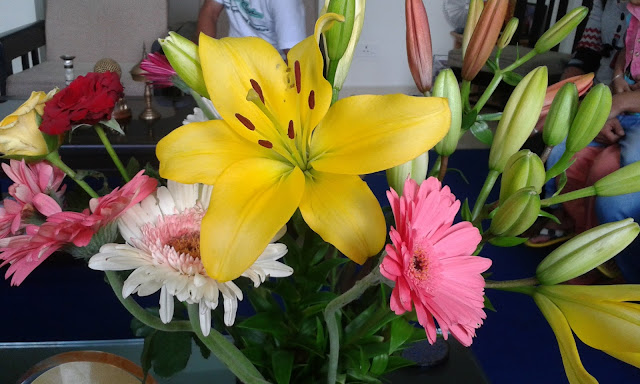



























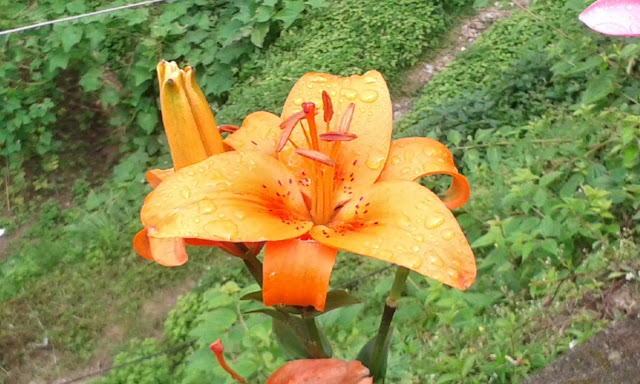



























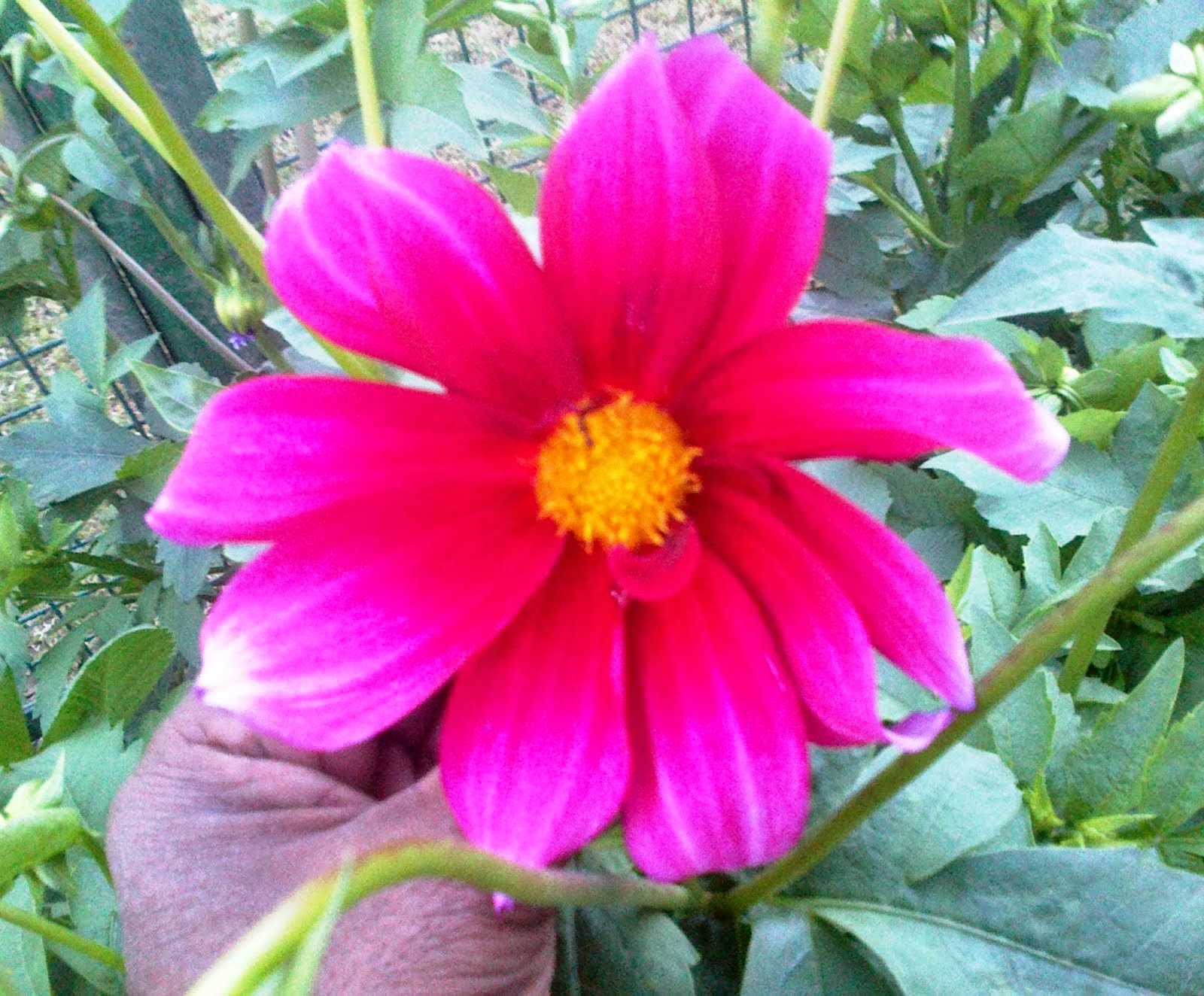



















































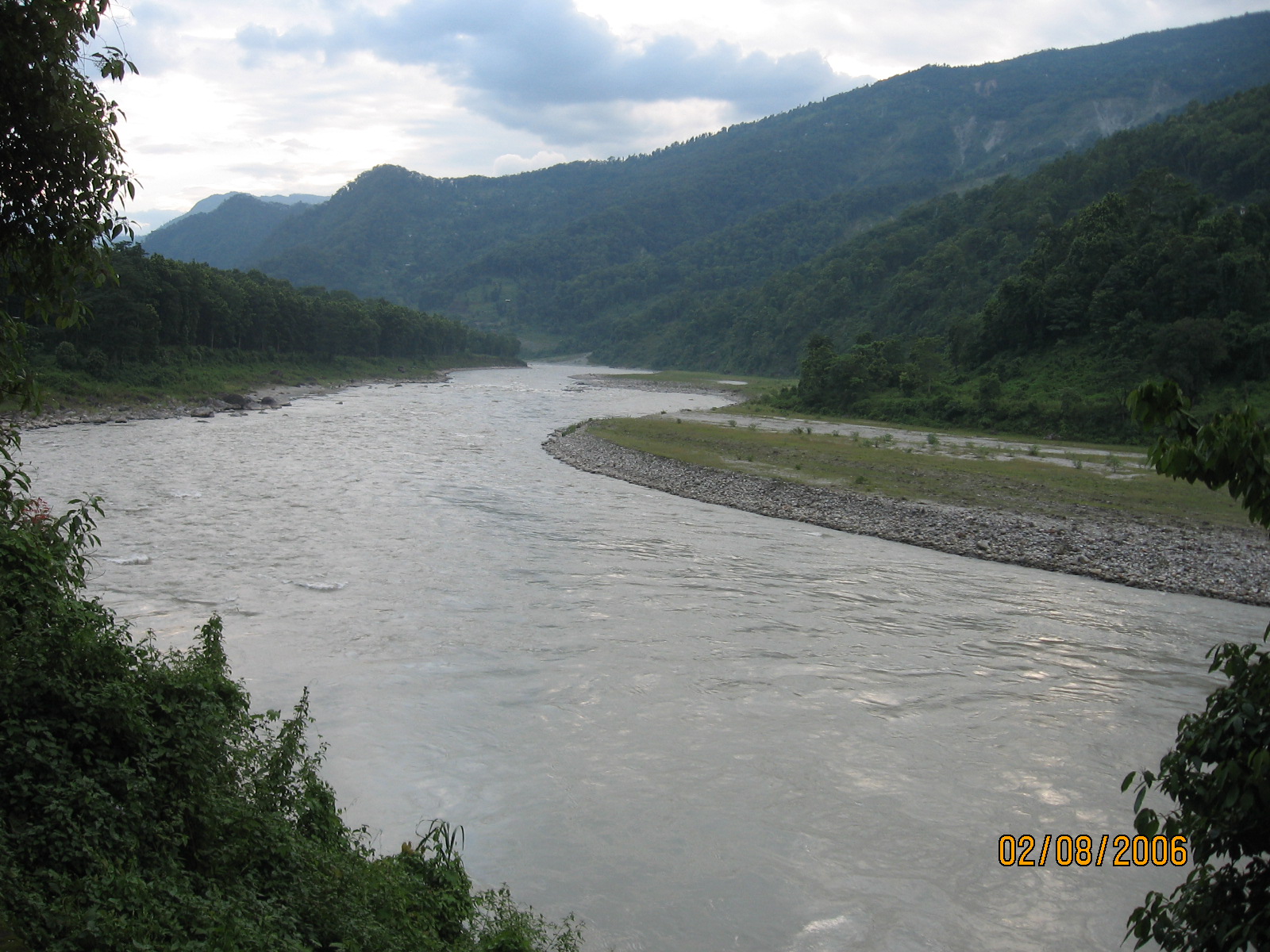


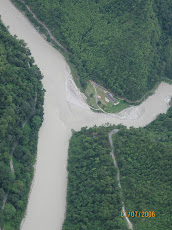
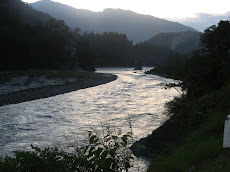
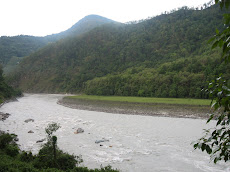
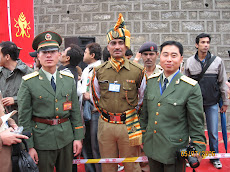
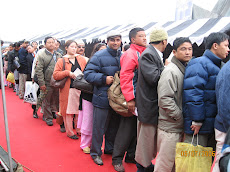
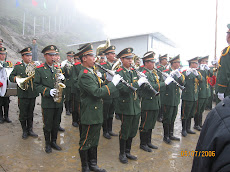


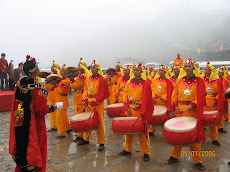
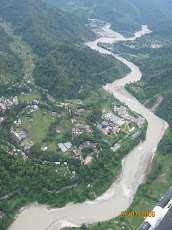




















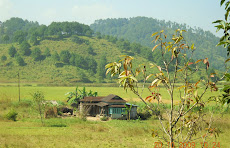
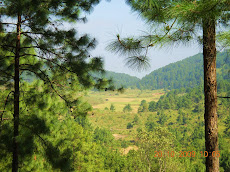








.jpg)








